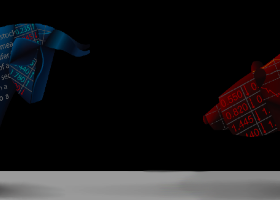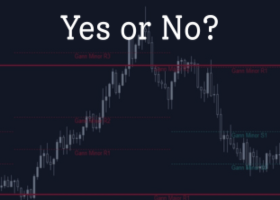
Goldman Sachs downside targets on EURUSD - 'fundamentals will pull EUR/$ lower, in line with our 12-month forecast of 0.95'
Phase I
"Following the
ECB QE announcement on Jan. 22, EUR/USD settled around 1.14 for 5
weeks. On Feb. 26, higher-than-expected core CPI (for Jan.) caused EUR/$
to fall two big figures to 1.12. Subsequent days brought data that
showed decent activity, ending with better-than-expected February
payrolls on Mar. 6 and EUR/$ near 1.08. The start of ECB QE on Mar. 9
and associated curve flattening in the Euro zone took EUR/$ to 1.05 in
the run-up to the March FOMC".
Phase II
"The March FOMC
had all the makings of a Dollar-positive catalyst. In the wake of this
meeting, USD appreciation ground to a halt, with EUR/$ cycling in a
range from 1.05 - 1.10. An upbeat ECB press conference on Apr. 15,
during which President Draghi emphasized the positive growth effects of
QE, helped push EUR/$ to the top of this range by end-April".
Phase III
"The weak
first quarter GDP reading for the US on Apr. 29 began the unwind of the
ECB QE trade, with EUR/$ and German Bund yields rising and the DAX
falling on the day. Weak retail sales for April (May 13) raised fears
that the Q2 growth rebound might be slow in coming, which were
exacerbated by the surprise drop in consumer confidence for May (May
15). EUR/$ broke out of its 1.05 - 1.10 range and returned to its
post-ECB QE level of 1.14, with broad Dollar weakness taking over
against the majors".
"As a result, we are inclined to see the recent sell-off in the ECB QE trade as a temporary squeeze, albeit a painful one. It remains our expectation that fundamentals will pull EUR/$ lower, in line with our 12-month forecast of 0.95. We expect the market to refocus on the European "growth crisis" in coming weeks, continuing to pull EUR/$ down".


